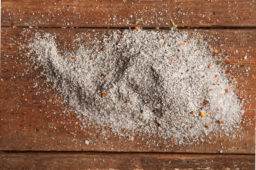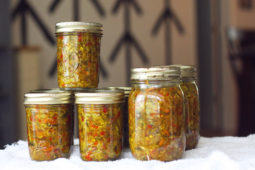It Turns Out, a $500 Blender is Totally Worth It
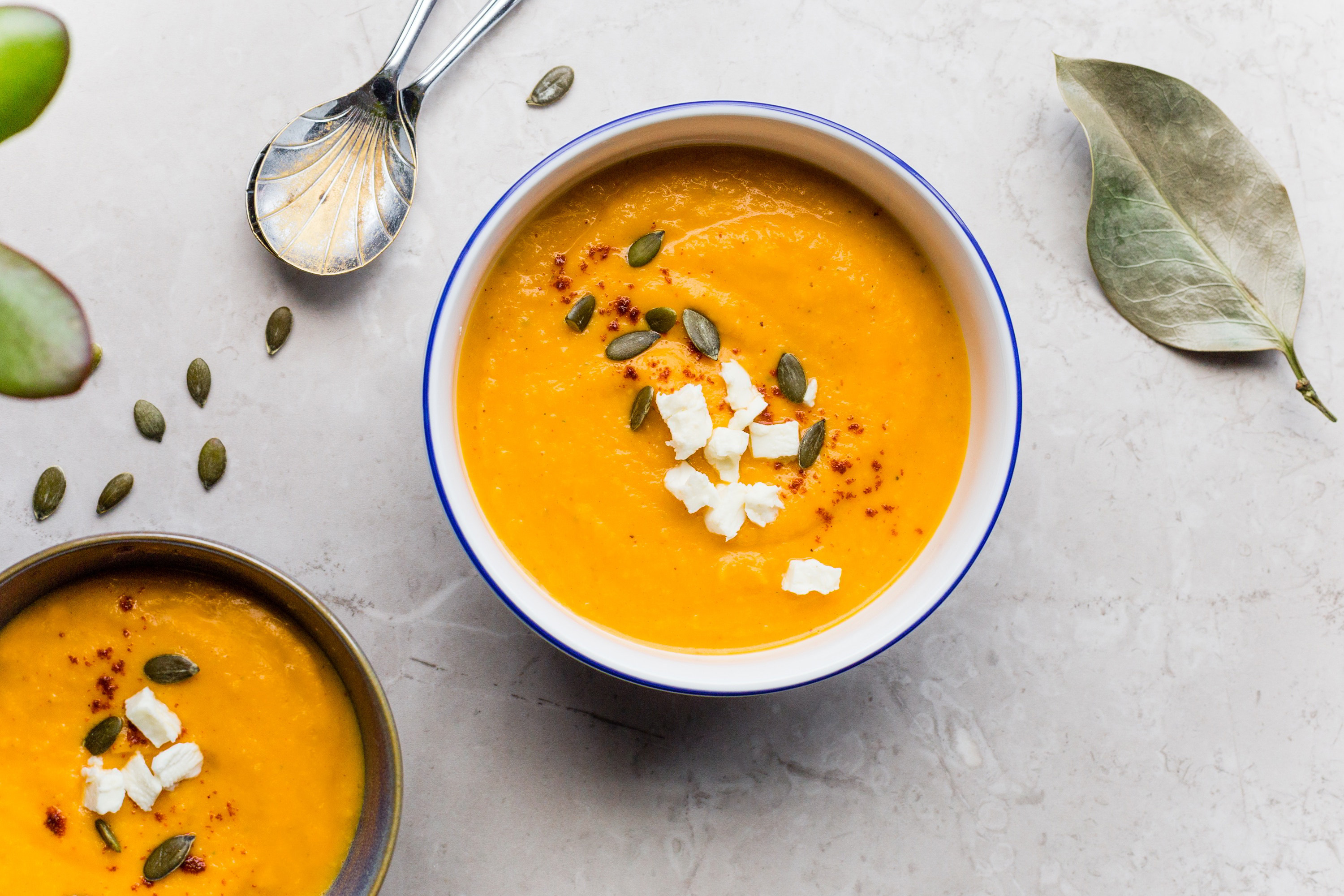
I was sitting with a few friends the other day and they started talking about how they needed to start drinking smoothies again. The conversation quickly turned to how expensive smoothie places can be, and how most blenders at home just don't make smoothies with the right texture. They turned to me, and I sheepishly owned up to it–I have a $500 blender. It's the Vitamix 7500––one of the immensely fancy ones that seem so ludicrously expensive.
To make matters worse, I think in my entire life I've only consumed 3-4 smoothies, hence my embarrassment. Spending $500 on an appliance only seems reasonable if it is part of a life plan––some kind of new system for becoming a more fit, more productive, more active me. But make no mistake, this blender is completely worth it, even if I don't use it to make liquid meals. In fact, as far as kitchen tools go, it might be one of the most efficient, most perfectly engineered tools I will ever own. And I love it.
A blender is good for basically one thing: evisceration. It should be able to turn whatever you put inside of it into a delicate powder or a smooth liquid. It isn't as versatile as a food processor, and it doesn't have attachments like a stand mixer. But what a blender needs to do well is to cycle its contents through its blades at an impossibly fast speed. My Vitamix does this, and then some. What a Vitamix does better than any tool I have ever seen is homogenize, emulsify and incorporate food into itself. And that's probably why I (and so many others) love it so much. It accomplishes things that are either impossible otherwise, or it does them so much more easily. Most solid kitchen tools make you feel like they empower you to do what you are doing as well as you can. A Vitamix feels like an extra pair of hands that is taking a whole set of responsibilities off of your plate
An example. I love making broccoli cheese soup in the winter time. It is vegetal and creamy, which is a combination that specifically suits the winter. For most of my life, these are the working steps that have gone into making broccoli cheese soup.
- Chop up onions and garlic for a sweat.
- Add chopped up, fresh broccoli to the sweat and saute until they are coated in oil.
- Add flour to make a roux. Saute some more.
- Add chicken stock and bring to a boil for 10-15 mins. Mash the bejeezus out of the broccoli with either a potato masher or a stick blender. Taste.
- Become frustrated at how large the broccoli pieces are and curse the heavens that this isn't as smooth as that one restaurant with the great broccoli cheese soup.
- Get out additional pot and fine mesh strainer. Painstakingly push the whole mixture through it with a ladle, scooping out the fibrous broccoli skin that gets caught in the strainer.
- Ask myself, “why am I even eating broccoli soup if I'm deliberately getting rid of all of this fiber, which is clearly part of why eating vegetables is good for you? Should I just make a vegetable soup and get it over with?”
- Press on by pressing down on the mash mixture.
- Get out a rubber spatula to scrape the underside of the mesh strainer.
- Splatter soup on every counter in my kitchen.
- Put the second pot with the smoothed out soup back on the stove. Taste it. Better, but was it worth it?
- Get heavy cream out and add to enrich the soup that is smooth, but lacking body.
- Now, defeating all of that work, add in some perfectly steamed broccoli flourets to add texture to the soup.
- Smother with cheese.
- Consume while wondering if this is how Panera does it.
With my Vitamix, I still have to do everything up until adding flour. Because at that point, I can put the entire mixture into my Vitamix. What comes out? A perfect––and I mean absolutely pristine––broccoli puree that is seasoned and rich. By not pulling out the fibrous skins, the soup has the velvety texture of a velouté without any cream or flour added. The flavor is deeply that of broccoli, which is exactly what I want. I've strained this mixture through a mesh sieve, and all I can say is that my sieve didn't do much to improve on the soup.

The Vitamix turns an hours-long process of cooking into a more integrated activity where the entire ingredient can become part of the whole. I can't even begin to describe how huge that is. I have improved certain kitchen tools in my life––I've bought higher quality kitchen knives, purchased better mixing bowls, higher quality pans and larger pots. But no tool I've ever owned has changed what I can get food to do. The Vitamix does that. It transforms things in ways that I can't replicate without it. It is pricey, but it does a job that no other appliance I know of can do.
I also understand it makes some pretty solid smoothies. So there's that too!
Some Recipes
If you currently have your hands on a super blender like a Vitamix, are planning on getting your hands on one, or are just considering it, here are a few recipes to give you a sense of what you can make with all of that power beneath your carafe.
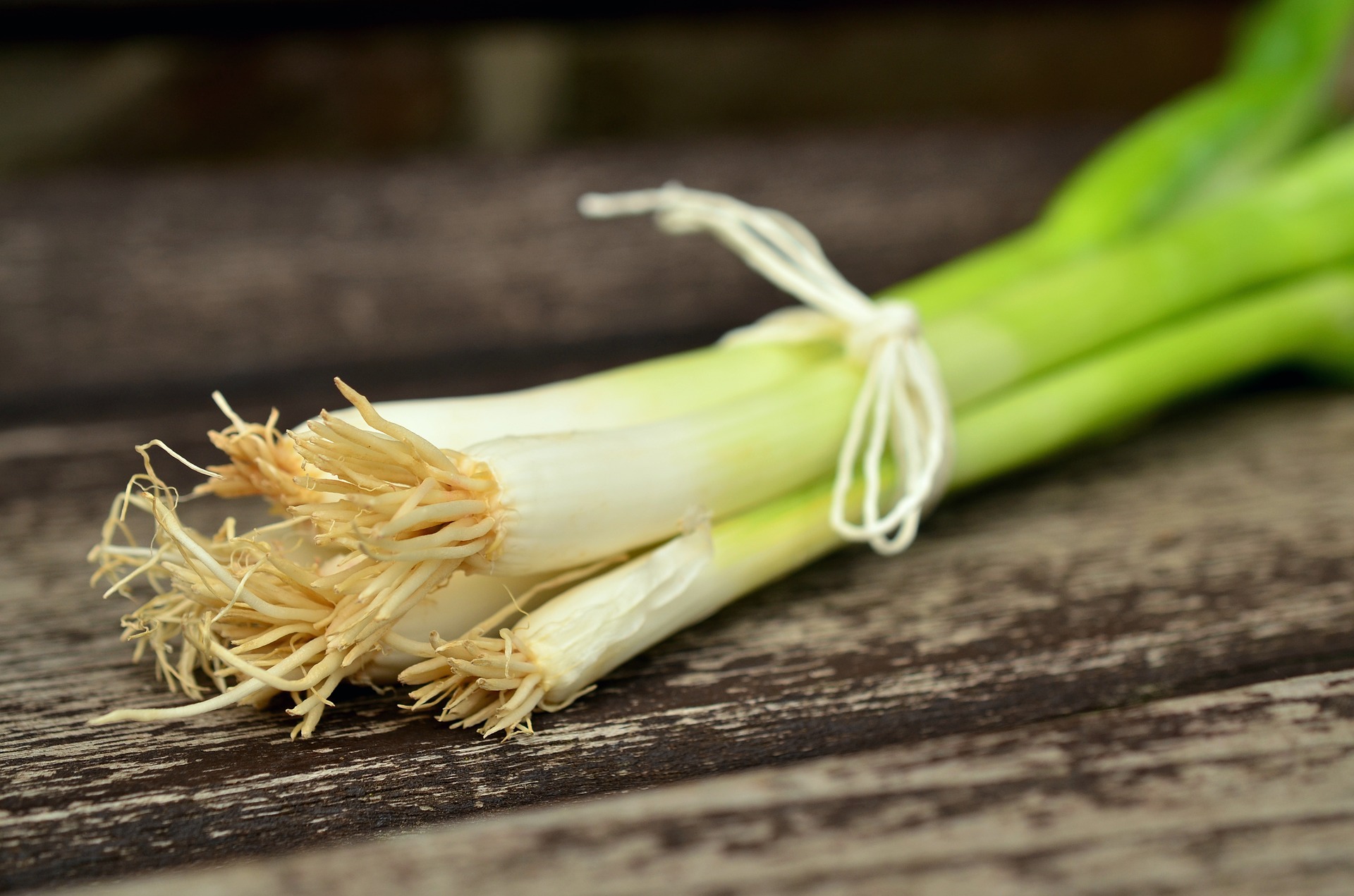
Charred Green Onion Oil
There is something about the sweetness of cooked green onions that, mixed with the char of a contacting flame, brings a particular kind of savoriness to food that makes me think of the Summer and the out of doors. I, for one, am always looking for ways to bring a fire-kissed smokiness to food that I haven't had the time to cook over a live fire. So here's an accompanying sauce/ingredient that can bring a smoky, vegetal flourish to all kinds of food.
You'll need:
- 1 bunch of green onions (these are maddeningly cheap at any grocery store)
- 16 oz. of quality olive oil
- zest of one lemon
- salt and pepper
Here's what you do:
- If you have a gas stove or a hand-held torch, char the outsides of the green onions after trimming off the very tops and the root bottoms. You want an onion that looks like it has received some serious heat. If you don't have these, but have a grill, toss the onions on the grill on both sides until well charred.
- Right after taking them off the heat, wrap the onions in a tinfoil packet for at least an hour. You want them to steam in their own consdensation.
- Drop them into your blender with 2 cups of good olive oil and the zest of a lemon.
- Blend the bejeezus out of the mixture.
- Taste and add salt and pepper to your liking.
- Smother the mixture all over fish/chicken/seared tofu or add to some vinegar to make a killer dressing.
Caul-fredo
Cauliflower has taken over the world as a widely loved replacement for carbohydrate-rich foods primarily because it can magically turn into something almost like rice and sort of like pizza dough. But while these are really useful replacements for carbs, for my money, the real imitating genius of cauliflower is not for carbs, but for dairy. If you prepare a puree of cauliflower in a Vitamix, what comes out is a creamy soup/sauce that is BEGGING to replace dairy in all kinds of dishes from creamy sauces for steak to Indian style curries. The very best use of this is in a mock al fredo sauce that is so successful, you'll throw your cream away forever.
You'll Need:
- A fresh head of cauliflower that you have chopped up into a large dice
- A yellow or white onion
- 2-3 cloves of garlic
- 32 oz. of vegetable stock (for vegan diners) or chicken stock (for non-vegans)
- Extra virgin olive oli
Here's what you do:
- After turning the onions into a rough dice and the garlic into a mince, sweat both in a 3-4 qt. pot over low heat in some extra virgin olive oil. No browning! Get the onions sweet and clear.
- After 10-12 mins of sweating, add the diced cauliflower and mix around, seasoning while you do.
- Add the stock so that it covers the cauliflower. Let this simmer for 20 mins.
- Pour the entire mixture into your Vitamix and blend on high for 60-90 seconds.
- Return the creamy mixture to a clean pot, and season to taste. Marvel at its texture.
With this sauce in your hand, you could easily serve atop some al dente fettucini for an absolutely vegan, dairy-like pasta dish. If you are okay with cheese, a gigantic pile of microplane-ed parmesan will melt luxuriously into the sauce. So would a mound of grated white cheddar for some amazing mac and cheese. If you wanna make something special, saute a couple dozen shrimp in a pan with salt and pepper along with some more garlic and perhaps some chili flakes. When you've browned both sides of the shrimp, add a few ladle-fulls of the caul-fredo and toss with some penne or farfalle. You won't believe how versatile it is.
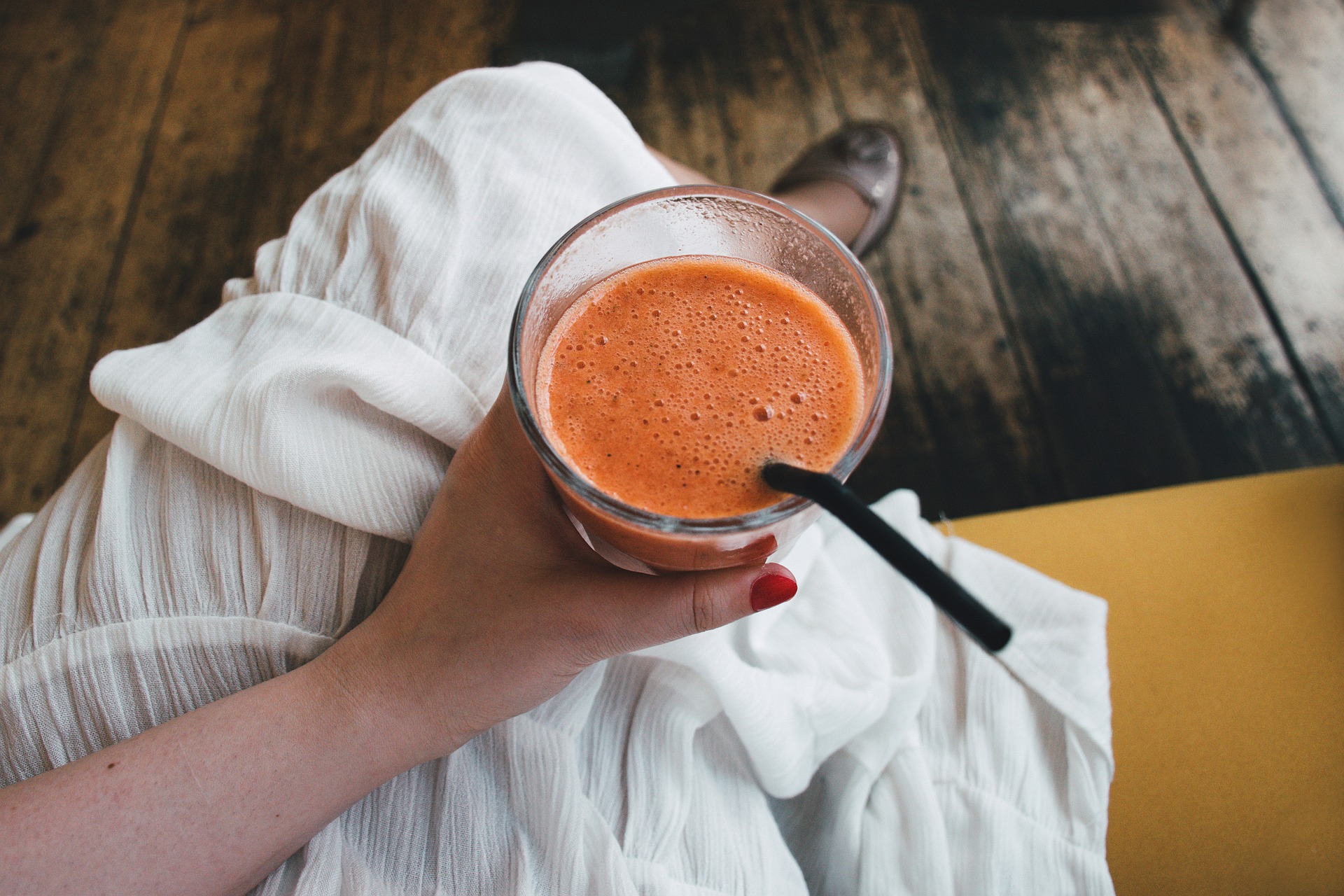
Blended Coffee
To butch a Jim Gaffigan joke about McDonald's, despite the hate heaped upon the Frappuccino/Frappe concoctions offered by so many coffee places, there wouldn't be so many coffee places if people weren't drinking them! After all, it isn't for nothing that these places have become so popular. If blended coffee drinks are a guilty (or not!) pleasure of yours, a Vitamix is a terrific way to enjoy them.
You'll Need:
- Espresso from a moka pot or some very strong coffee from either a french press or a cold brew. At least 6-8 oz.
- 1 cup of milk (Any kind from a cow. You can experiment with soy, coconut or nut milks, but their textures might need some tweaking. Keep in mind that recipes from chains that use these ingredients often include industrial food additives to make some of these work that you won't be able to easily get your hands on.)
- Flavor enhancer of your choice (vanilla extract, caramel sauce, chocolate milk powder/syrup, etc. Feel free to omit if your favorite flavor is coffee.)
- 1/3 cup sweetened condensed milk (for sweetness and texture)
- 12 oz of ice
- Whipped cream (because ALWAYS whipped cream)
Here's what you do:
- Blend everything but the whipped cream for 30-60 seconds.
- Put whipped cream on top.
- Recall that the cost of this was probably something like $1.12 in raw materials and sip away.





